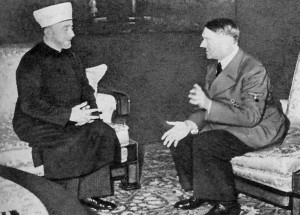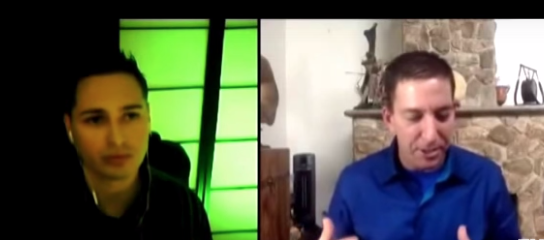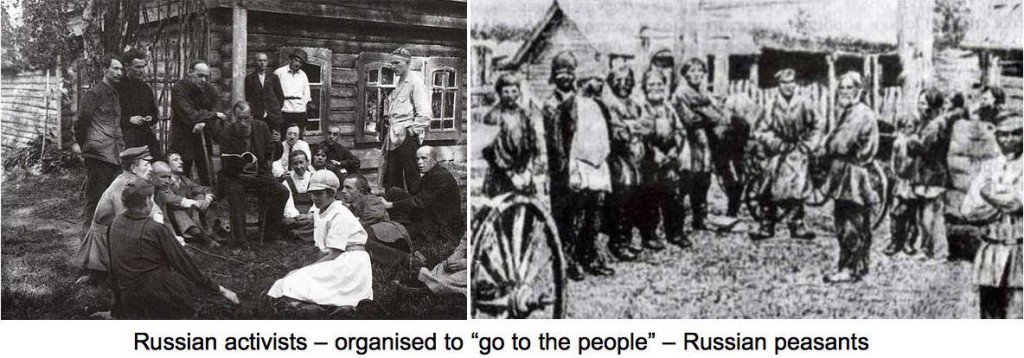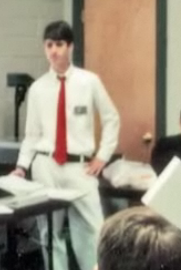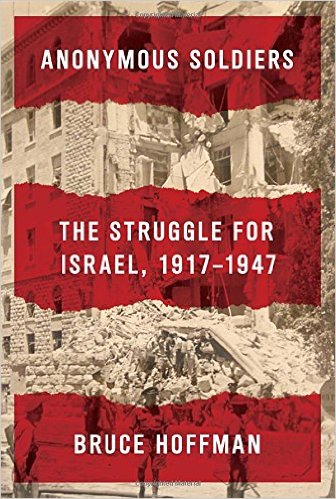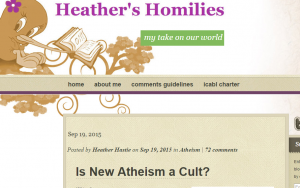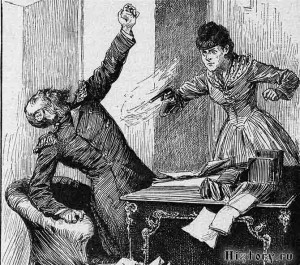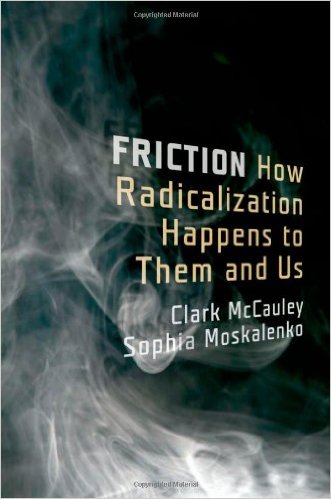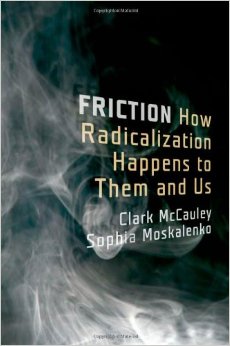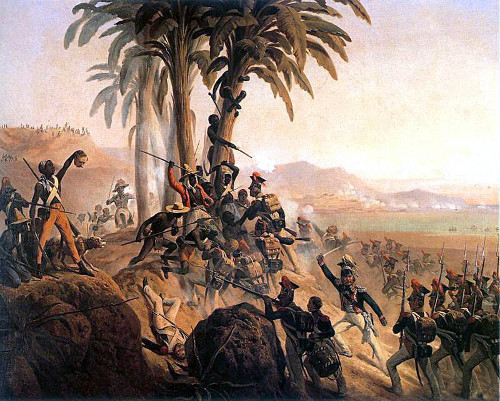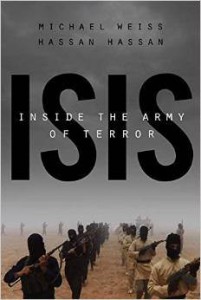 There was a time I needed to read Marx and Mao to orient myself to the essential thought of the ideologies challenging the West. Never did I imagine that in my lifetime those works would be gathering dust and I’d be seeking out the likes of al-Maqdisi’s Democracy a Religion and Naji’s The Management of Savagery (and more recently, al-Suri’s – original name Nasur – Call for a Global Islamic Resistance) to get a handle on contemporary threats.
There was a time I needed to read Marx and Mao to orient myself to the essential thought of the ideologies challenging the West. Never did I imagine that in my lifetime those works would be gathering dust and I’d be seeking out the likes of al-Maqdisi’s Democracy a Religion and Naji’s The Management of Savagery (and more recently, al-Suri’s – original name Nasur – Call for a Global Islamic Resistance) to get a handle on contemporary threats.
Not long ago I devoured a cluster of works on Islam and terrorism and posted on snippets of that reading; the last few weeks I’ve been trying to catch up with Islamism (as distinct from Islam the religion and even “terrorism” per se — though there are obvious overlaps, of course). So most recently I’ve read Islam and the Future of Tolerance: a dialogue (by Sam Harris and Maajid Nawaz), Maajid Nawaz’s experience as a leader in a group with a long-term strategy of establishing Islamist regimes, Radical: my journey from Islamist extremism to a democratic awakening, Ed Husain’s The Islamist : why I joined radical Islam in Britain, what I saw inside and why I left, and Isis: inside the army of terror by Michael Weiss and Hassan Hassan. (Still on my to-read list are three other very recent works on ISIS — by Stern & Berger, Cockburn and Burke.
I recommend Radical and The Islamist to anyone who thinks all Muslims are by the nature of their religion somewhat medieval in their values. Nawaz’s upbringing was not particularly religious but Hasain’s certainly was. Reading the lives of these two, especially that of Ed Husain, is an eye-opener to the stark difference between the religion of Islam and the ideology of Islamism.
ISIS: inside the army of terror is a depressing yet informative study of the group’s origins, its brutal nature and strikingly sudden emergence. Michael Weiss (Twitter) and Hassan Hassan interviewed many persons closely associated with terrorist organisations and others among the military and political establishments that have been directly involved with events connected to the rise of Islamic State.
The roots of ISIS appear to go right back to Saddam Hussein’s preparations for an American led invasion of his country. Well before the occupation he had prepared safe-houses, secret arms storages and underground economic machinations that would help sustain their secret networks and ongoing armed struggle against the occupiers. Much of Iraq’s army melted into this underground network after March-April 2003 and became the backbone of the various resistance and terrorist movements that followed. Continue reading “ISIS: Inside the Army of Terror by Michael Weiss and Hassan Hassan”

